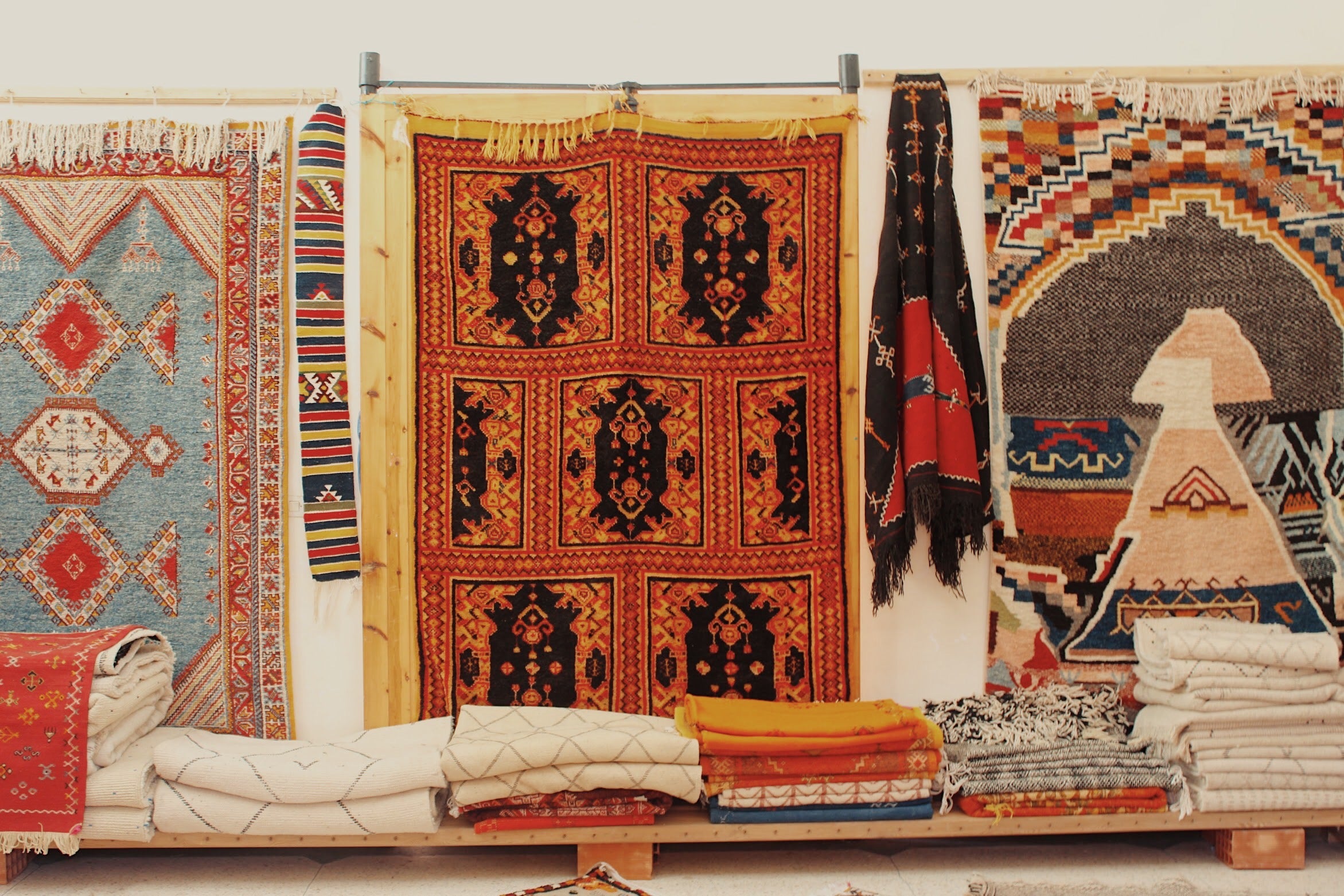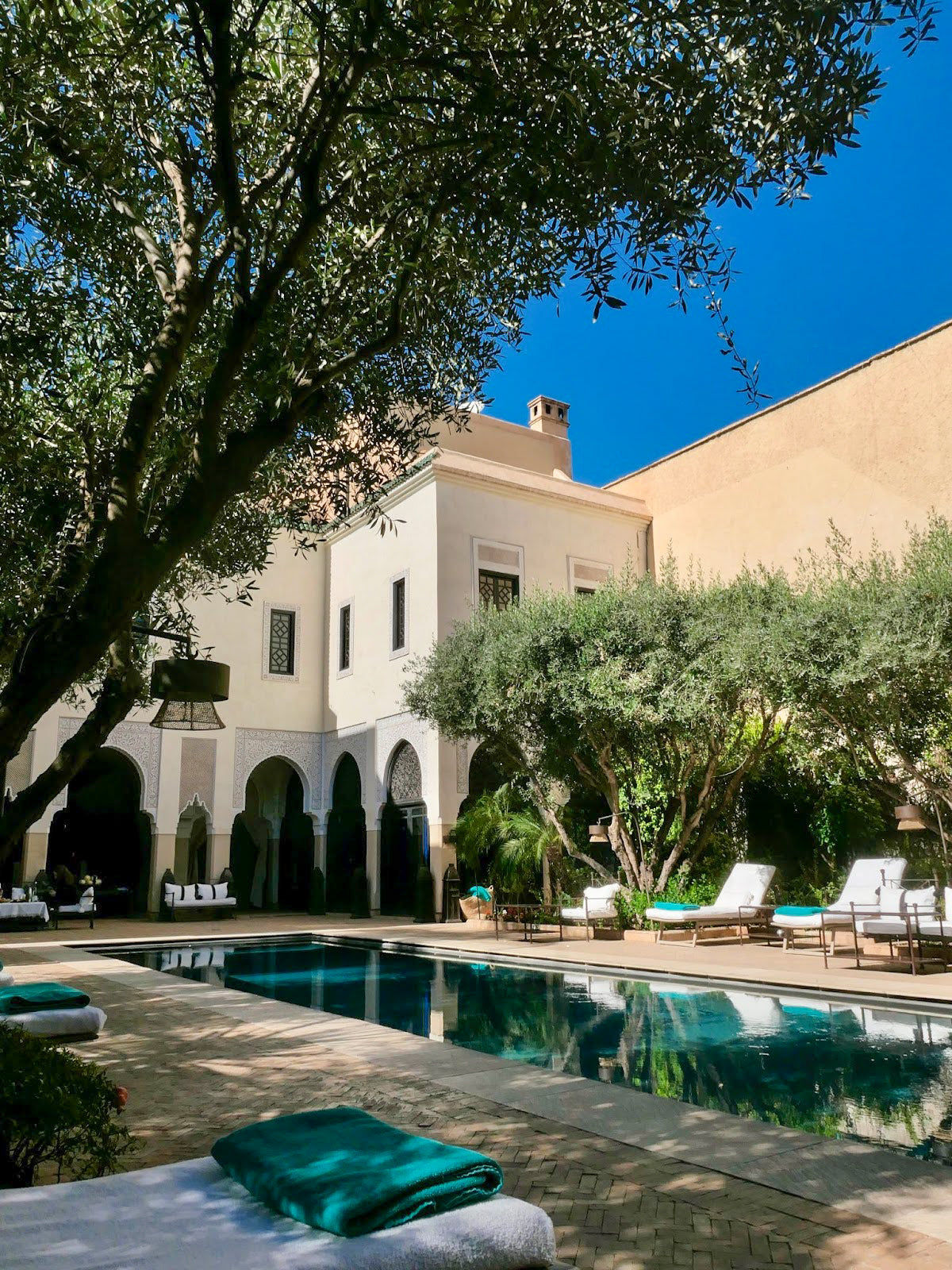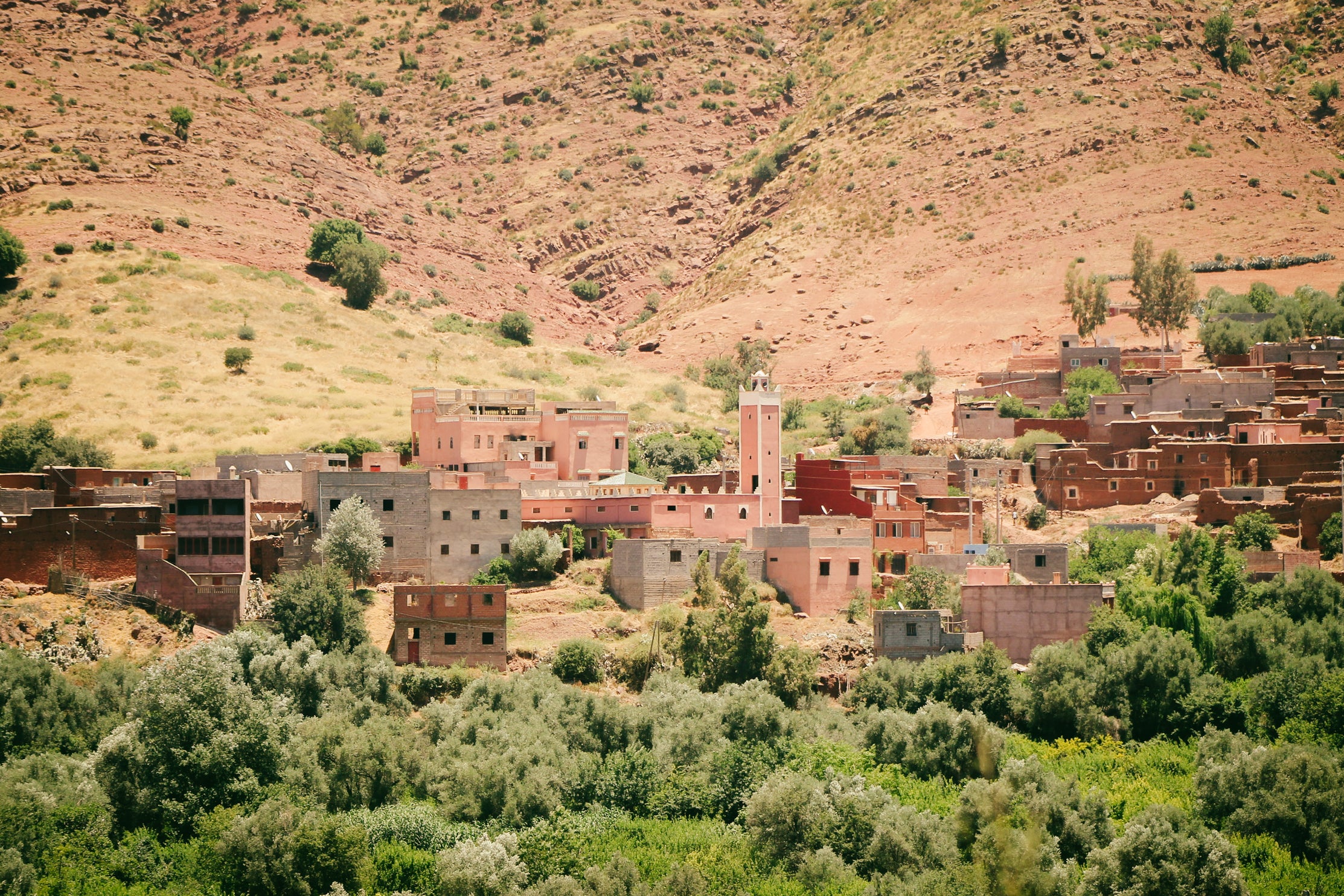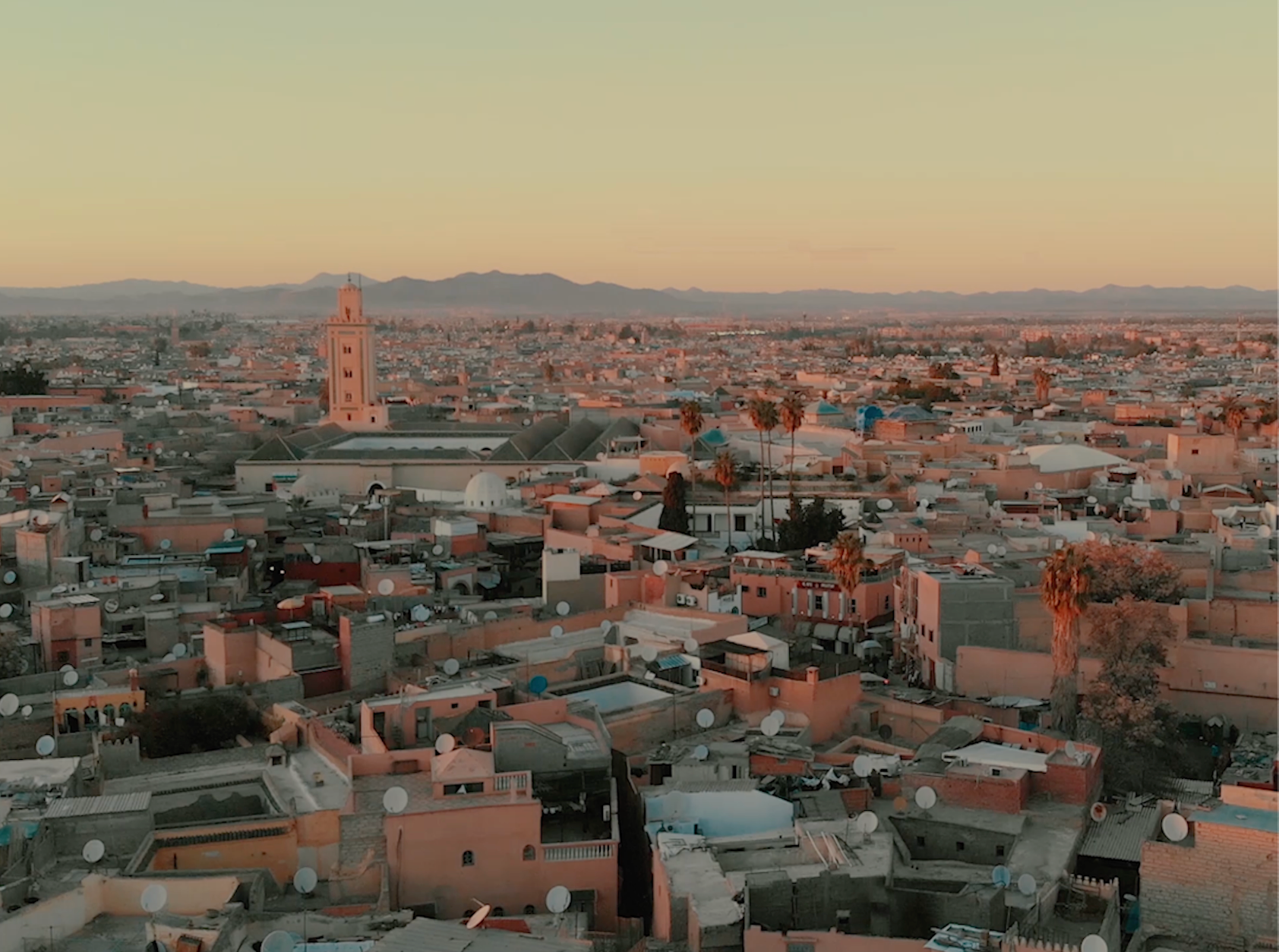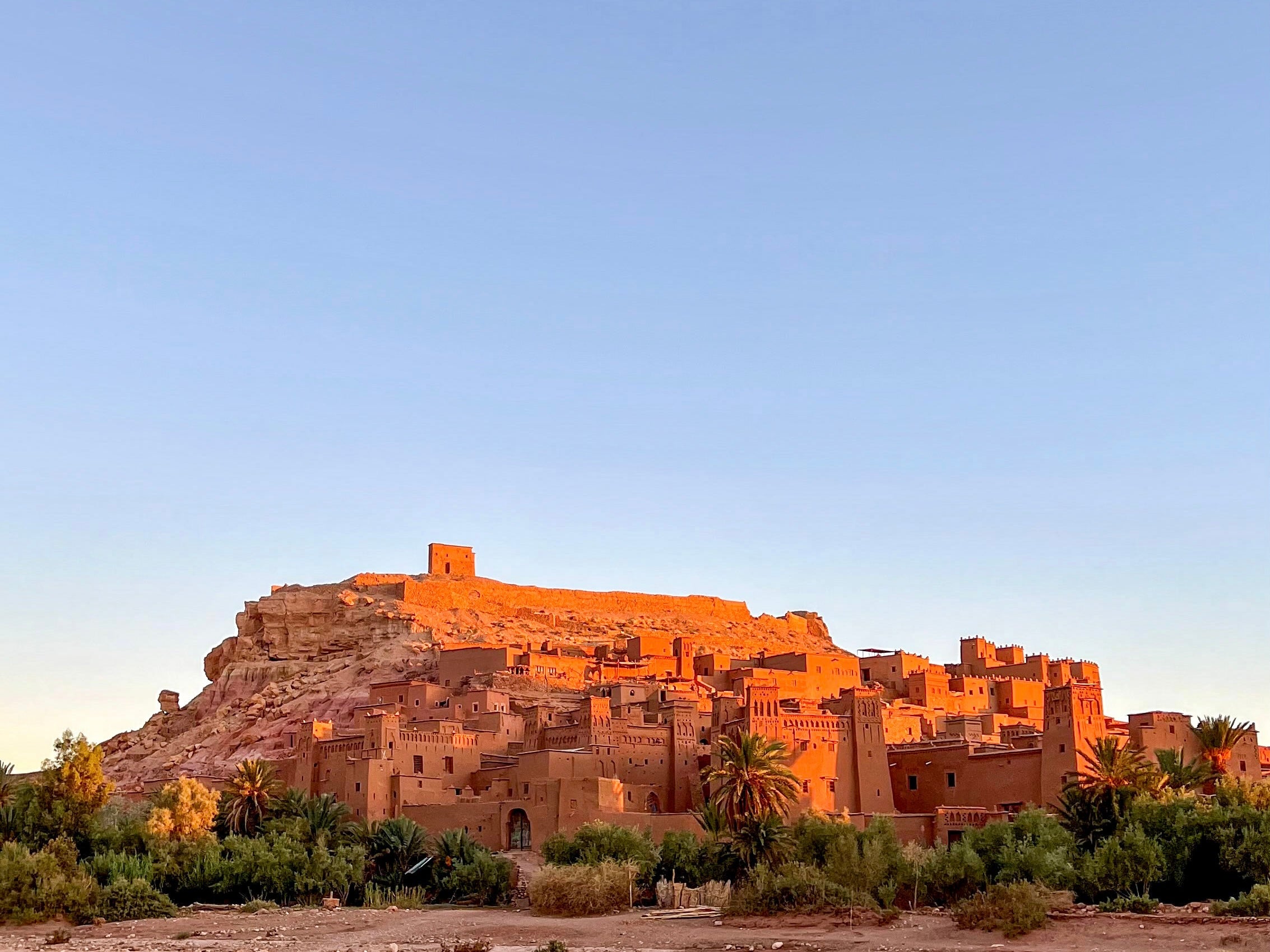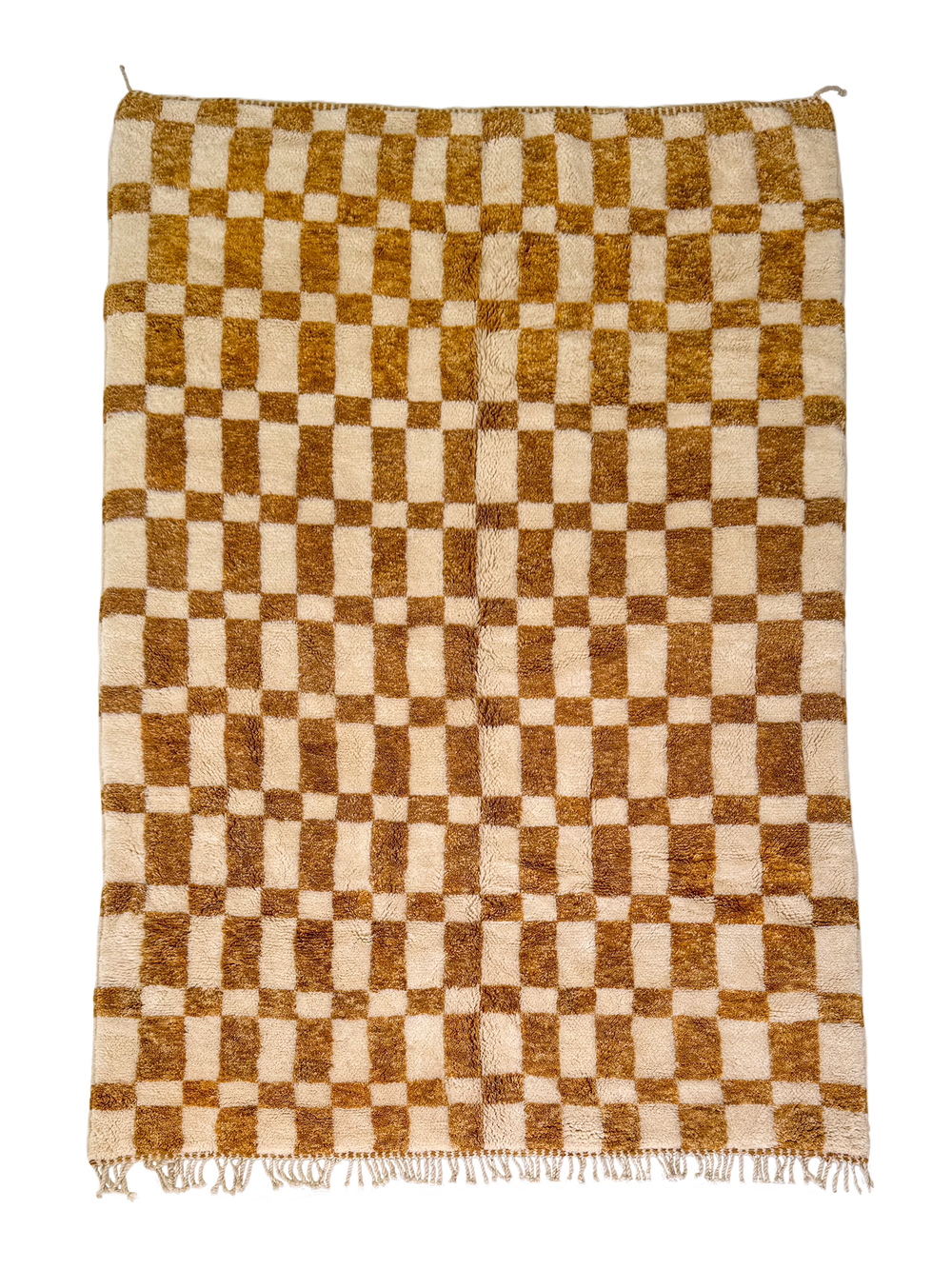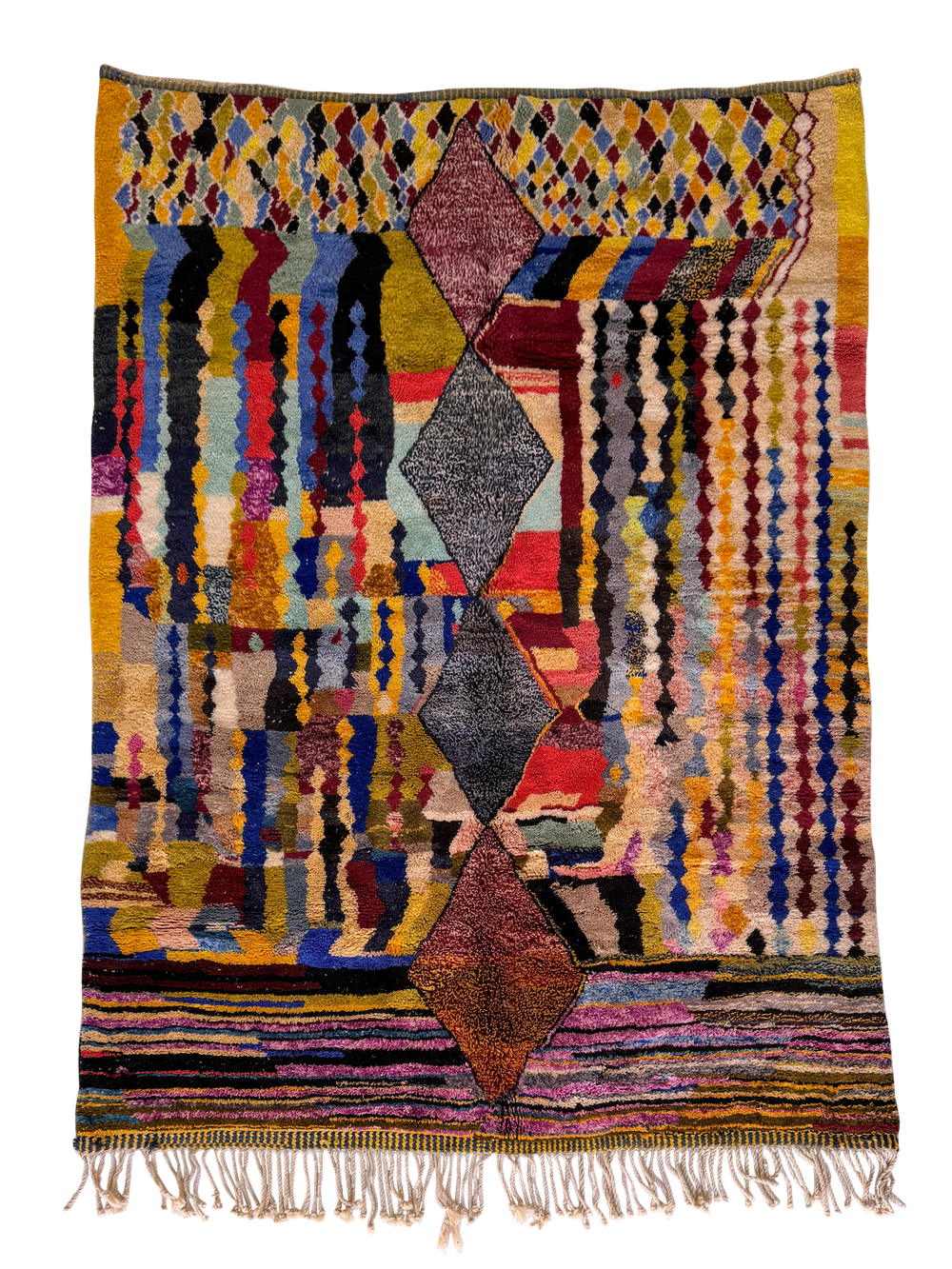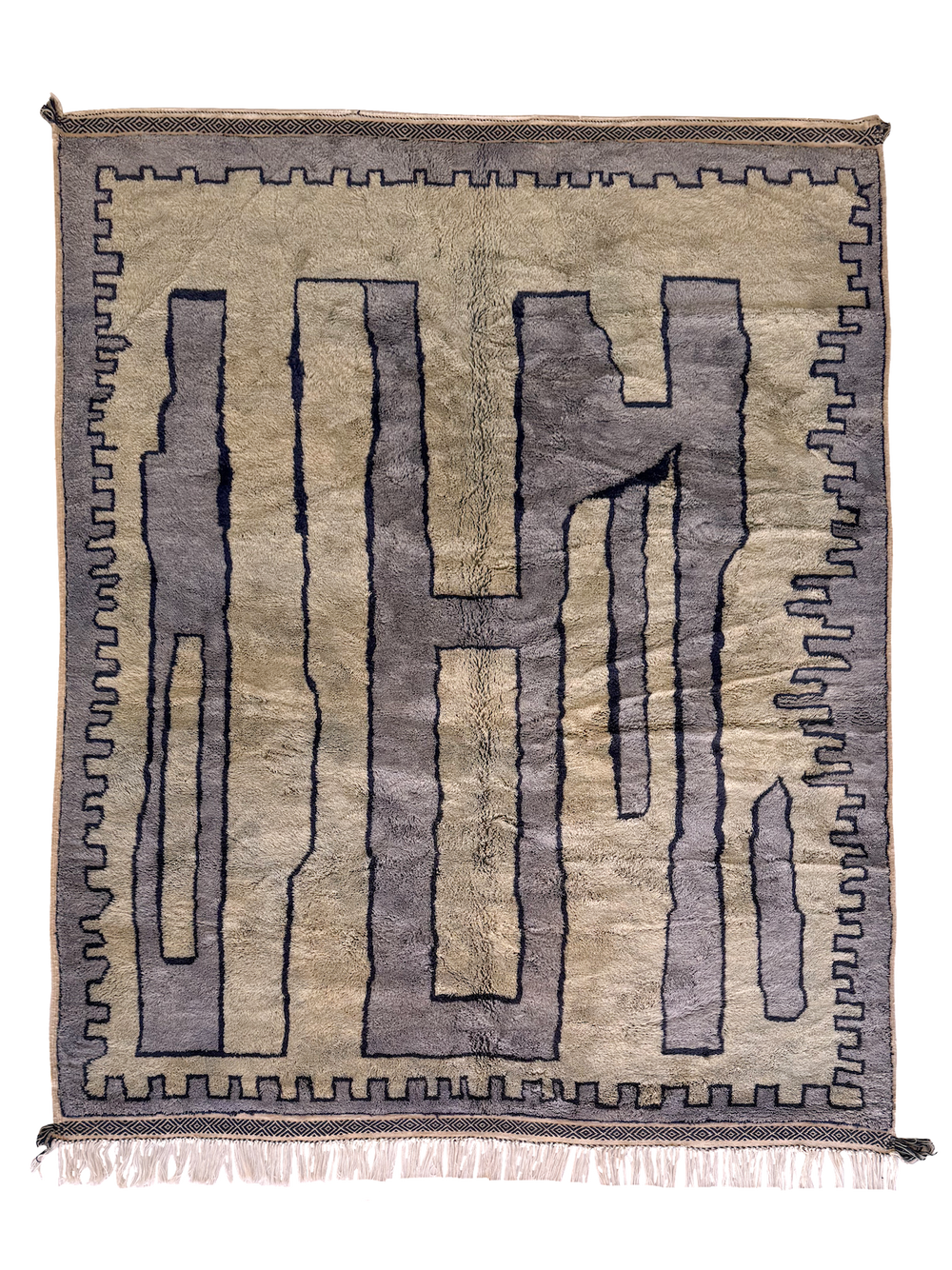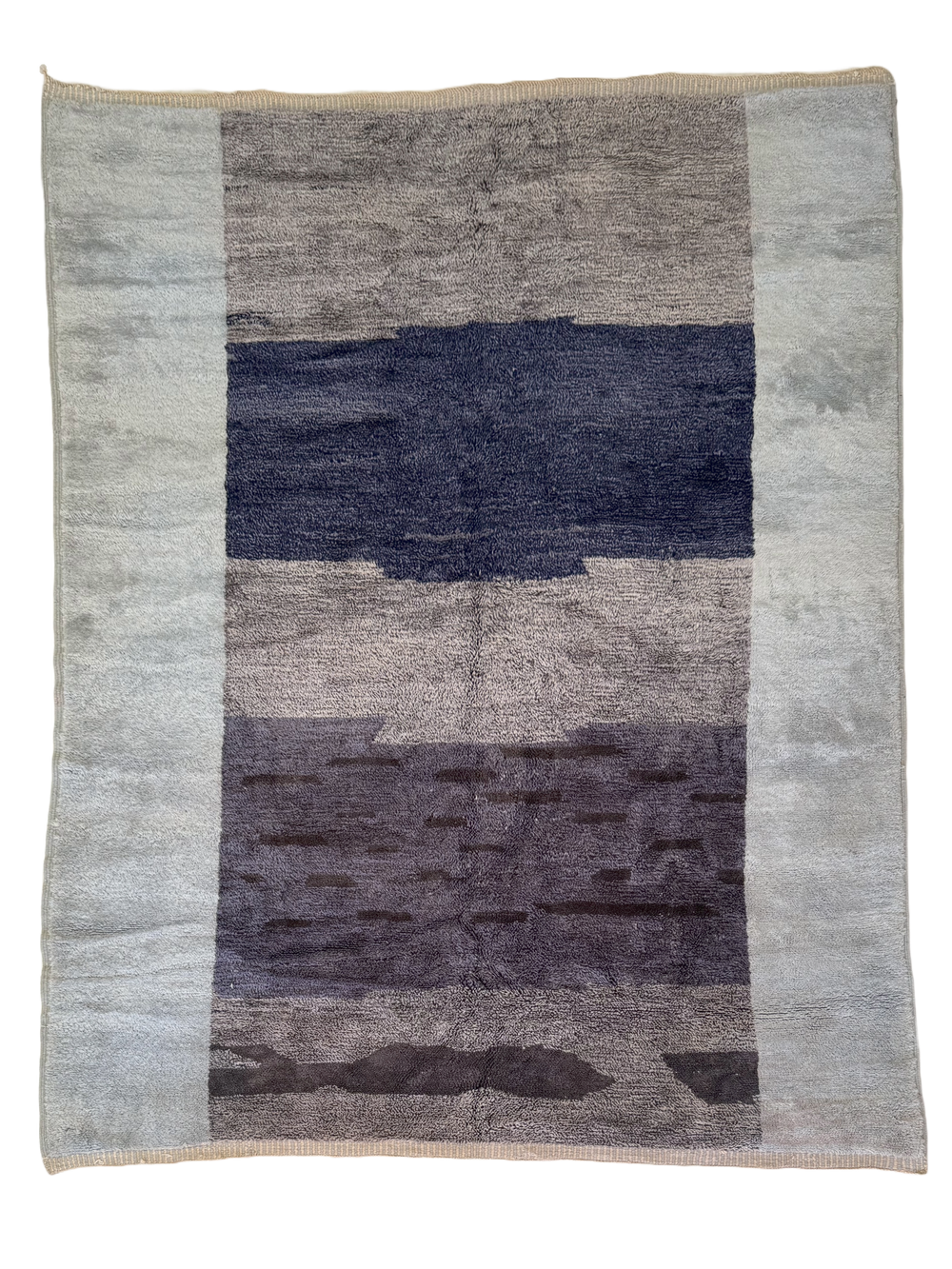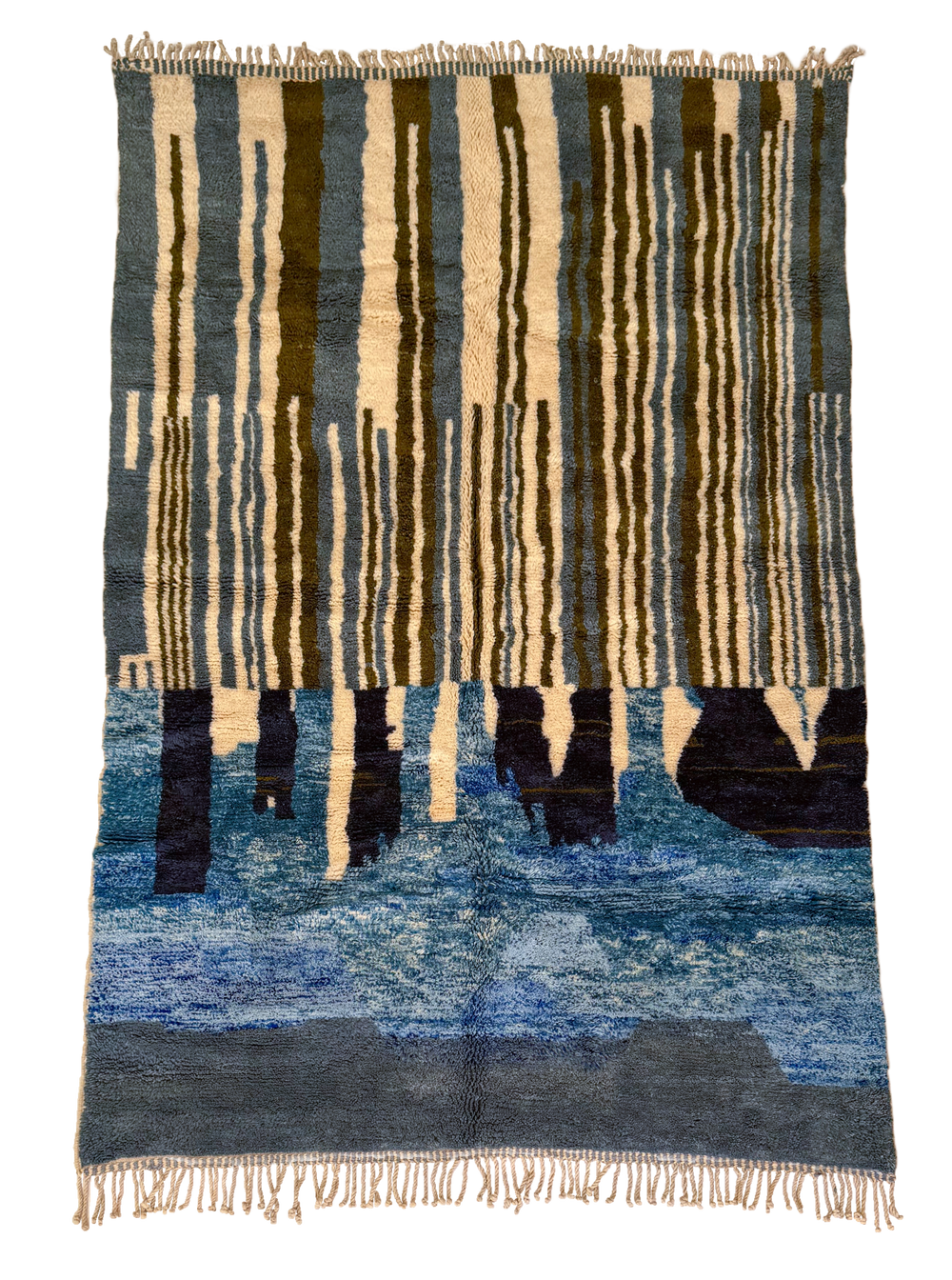Shopping for a Moroccan Rug
The craft of Moroccan weaving dates all the way back to 600 B.C., yet Moroccan rugs feel just as fresh and modern today as they did centuries ago. With a vast range of regional styles and colors, a Moroccan rug can comfortably accent almost any interior aesthetic and with proper care, they can last generations. They’re truly timeless — it’s no wonder these weaves have endured so many cycles of interior design. 
If you’re looking to buy a Moroccan rug, there are a variety of factors to consider. Each and every piece is truly one-of-a-kind; they represent centuries of tradition as well as the stories, intentions, and symbolism woven into the pieces by the artisans themselves. Let’s get into it!
What style of rug is right for my home?
What’s really special about Moroccan rugs is the diversity of weaving techniques, styles, and artistic sensibilities. The styles vary across tribes, regions, or even from village to village, often reflecting the climate, needs, and customs of that particular community. For example, artisans in the snowy Atlas Mountains specialize in thicker rugs than artisans in the desert. This variation is visible throughout every weave choice—from the animals the wools are harvested from, to the dye ingredients used to make the colors, and finally, in the local symbols and traditions woven onto the surface of the rug.
Check out our guide to Moroccan rug styles to learn more about which type might suit your home best.
Once you know what style you're looking for, your search becomes much more focused.
When sourcing a Moroccan rug, what is important to know and look out for? How can I ensure I’m getting the best quality?
Purchasing a Moroccan rug can be tricky. There are lots of sellers claiming to provide “authentic,” and “handmade” pieces when that’s not actually the case.
If you’re lucky enough to be purchasing one in person, flip the rug over. If you’re buying online, make sure you can see a photo of the back. The back of a rug holds the secret to its quality. You’re looking for uniformity in every knot as well as a tight space between each one. This shows the weave is sturdy and carefully made. 
Next, don’t be afraid to ask your seller the important questions. What materials did the artisan use? Does the seller know the tribe or artisan who made the piece? Do they know the meaning of the design? These questions will help you get a sense of the pieces’ quality as well as the seller's relationship with the artisans.
At Salam Hello, we strive to source 100% live wool in all of our rugs. “Live wool,” simply means that it’s taken from live sheep, lamb, or camel without harm to the animal — the wool is healthier and stronger this way. Our artisans usually card, spin, and dye the wool themselves using various spice blends, making for a higher-quality piece. When you’re shopping elsewhere, inquiring about the weaving process can help you make the most informed purchase. 
What if I want a vintage rug?
Purchasing a vintage rug has its own challenges. The market is full of faux-vintage pieces; sometimes, new rugs are treated with chemicals to age them so that they can be passed off as “vintage.” 
Make sure you study the color variation closely; a chemically faded rug will look different than one that has been faded by use and sun. Another tell-tale way to spot vintage rugs is by their odd shapes. Today, artisans work in more modern rug sizes, whereas rugs that are longer but smaller in width were likely made to fit the old Kasbahs of Morocco. 
At the end of the day, finding a seller you trust is the absolute key. Then, ask your seller the right questions. It’s always a good idea to ask if the seller knows the tribe or artisan who made the piece. In more traditional vintage rug design, the symbolism is often a wish or depiction of the artisan’s life.
At Salam Hello, our process for finding vintage rugs is different from other sellers. We work directly with the artisans; we visit their homes to see the vintage pieces they have, or that they may be selling on behalf of their neighbors. We hear the stories behind the pieces, who made them, or how they were passed down. This way we’re careful to source only authentic vintage pieces.
What should a rug cost?
At Salam Hello, we make it our mission to meet with the women selling each piece, so they can help us understand the time, labor, and story behind the weave.
We pay our weavers a fair wage using two pricing models: for one-of-a-kind rugs, we never go below an artisan’s first asking price (and sometimes encourage them to raise their prices), and for custom rugs, we’ve worked with the artisans to determine a specific cost-per-meter for each weaving technique. 
Upon the sale of each rug, we reinvest 10% of our profits back into the villages. Our giveback initiative flexes to provide the women with what they actually need—some have asked for phones or cameras, charitable donations, or materials, while others just ask that we return and continue to buy from them.
If you’re buying from a third party, always ask how much of the cost is directly for the artisan and if there is any profit sharing.
So I bought a Moroccan rug…how should I style it?
Think about the floor as your fifth wall — A gorgeous, handmade rug is another way to bring art into your home. Treating the rug as a piece of art can open your mind in terms of styling.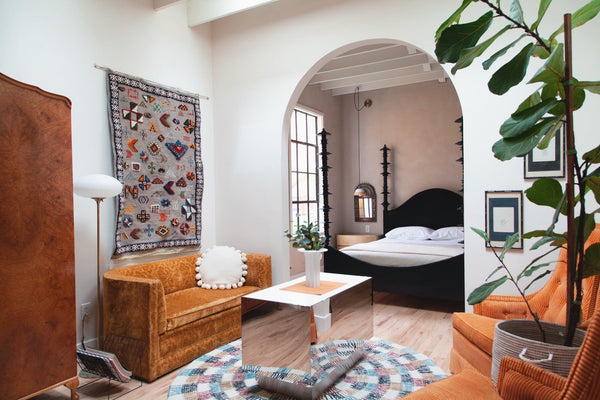
You can layer rugs to add dimension to a space. You can hang them on the wall to bring texture and color into your space in a new way — this can be especially great for some of the more intricate pieces.
For more ideas on how to style from room to room, check out our styling guide!
